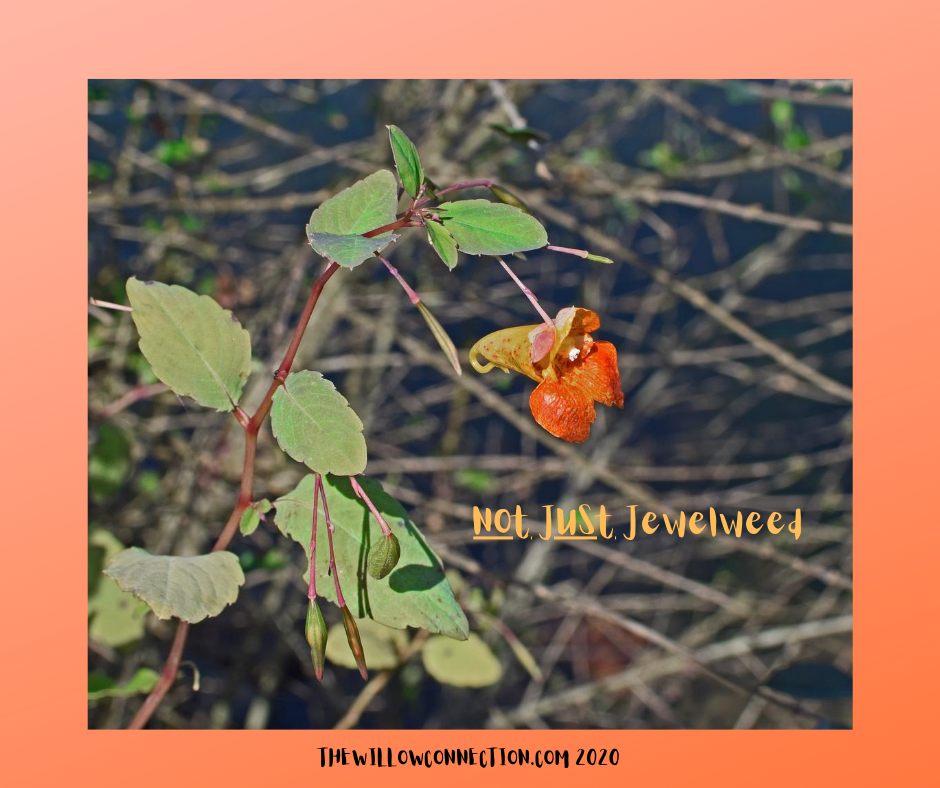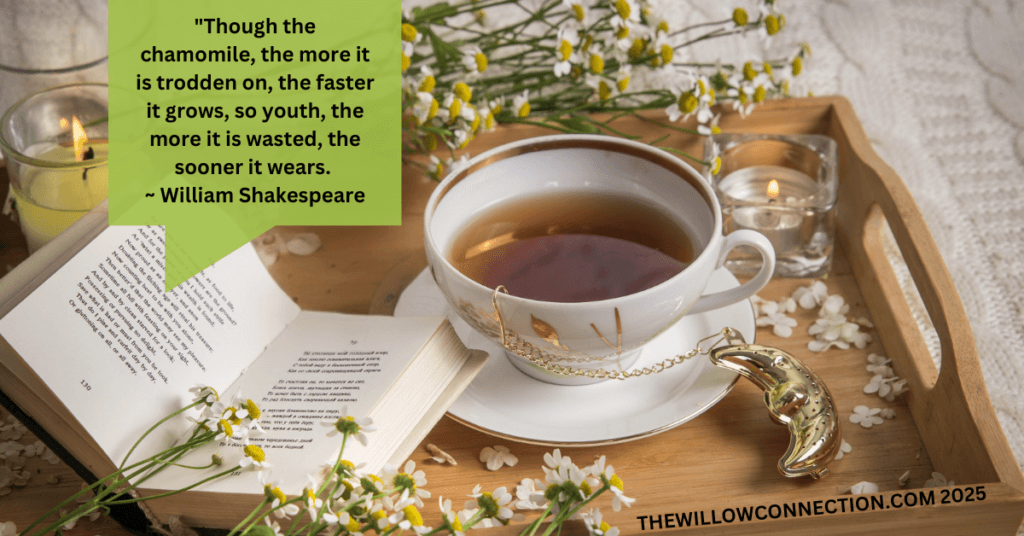Weeding it Out
Have you ever taken the time to look around your yard and notice all the plants? Many of us consider “plants” as those we want in our gardens or have planted to beautify our landscape. Everything else gets categorized as a weed. But what if I told you that most of the “weeds” we don’t want in our yards are beneficial if we know how to use them. Crazy, right? Think again. When I was taking classes to become an herbalist, I became fascinated with plants on a whole new level. I always wondered what was out there but often failed to take it a step further to identify it. Nowadays, I research everything because I know that so many of the plants in our own backyard are hidden gems just waiting to be discovered. As summer starts to wind down and gardens become leggy and tired from heat and neglect, we start to notice those plants that seem to thrive. Jewelweed is certainly one of those plants.
Poppers
Jewelweed’s scientific name is impatiens capensis. The origin of its name is disputed but some say it has something to do with the way the leaves repel water and look like gems in the sunlight. Like many other plants, it has plenty of nicknames such as spotted touch-me-not because the seed pods pop when touched. When I was a child, my brother and I called them poppers. During the dog days of summer, we would explore the perimeter of our yard and look for jewelweed. We would race to find the biggest seed pods we could find and touch them so they would explode in our hands. It was cheap fun for poor kids living in the country. Little did I know then that the seeds in those pods are edible and taste like walnuts. Honestly, they really do! Try it and tell me what you think. Just don’t get too carried away because too much of good thing can cause stomach upset.
Scratch That Itch
This unassuming plant has a lot to offer. It helps retain soil from erosion and is a valuable food source for hummingbirds, bees, and insects late in the season. Most of the plant is said to be edible if prepared correctly. I personally have never tried it…yet. However, I know that it has therapeutic benefits and has been used by Native Americans, Japanese, and Chinese cultures for a variety of ailments. It is said that nature offers us a remedy for every problem and that a solution is never too far away from the culprit. In this case, I am referring to poison ivy, bug bites, and even stinging nettle. Jewelweed has natural antihistamine and anti-inflammatory properties making it effective for skin irritations. If you break open the stem of jewelweed you will notice a wet, gooey substance or mucilage. You can apply this substance topically to alleviate poison ivy. Crushed leaves made into a poultice and applied to the affected area is quite effective as well. Throughout history, jewelweed has been used to treat skin conditions as stated above as well as athlete’s foot, rashes, and joint pain. Before modern medicine was available, people used what they had and that was simply the plants readily available to them.
Jewelweed Ice Cubes
Jewelweed is not available year-round, so being prepared is a key ingredient. I have found that making a simple batch of ice cubes and keeping them stored in the freezer is a fast and effective way to manage seasonal skin irritations throughout the year.
To make a batch of herbal ice cubes all you will need is jewelweed, a knife and cutting board, water, a pot with a lid, and ice cube trays.
2-3 aerial parts of the jewelweed (flowers, stems, and leaves) growing away from the road
Cut into pieces and put in pot
Add about 3 cups of water and bring to a boil
Cover immediately and turn down to simmer
Simmer on low heat for 30 minutes to an hour
Allow to cool and then strain
Pour into ice cube trays, label, and freeze
You will notice these ice cubes are a brilliant rusty orange color! They are naturally cooling to the skin and the jewelweed helps to alleviate the discomfort and itching associated with poison ivy, stinging nettles, or bug bites.
Take some time to get to know what’s in your yard and learn how to use it. You will be surprised how many goodies are out there just waiting to be picked and used to benefit you and your family.





